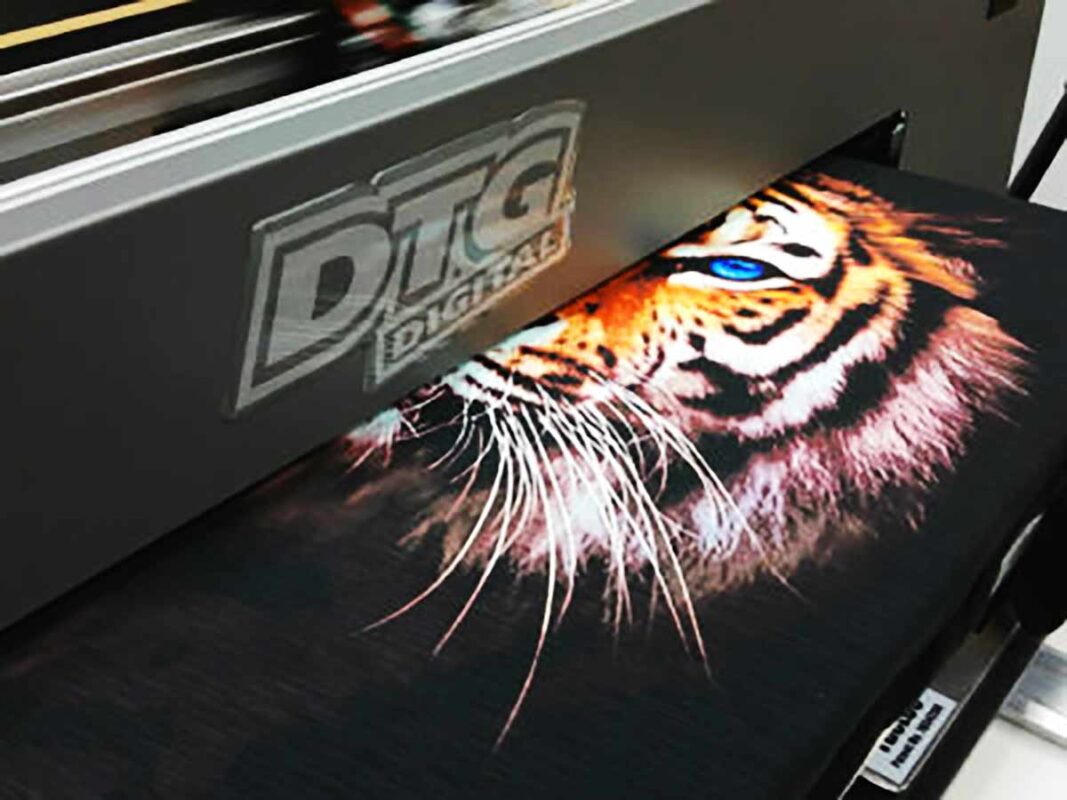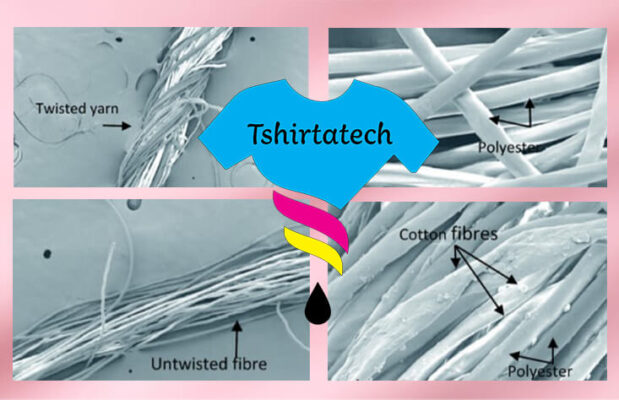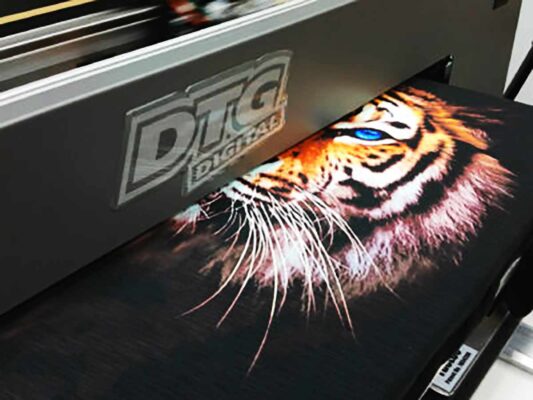Blog
A Comprehensive Guide to Different Types of T-Shirt Printing
A Comprehensive Guide to Different Types of T-Shirt Printing
When it comes to custom t-shirts, the printing method can significantly influence the quality, appearance, and durability of the final product. At Tshirtatech, we pride ourselves on offering a variety of printing techniques to suit different needs and preferences. In this detailed guide, we’ll explore the most popular t-shirt printing methods, their advantages, best uses, and what you should consider when choosing the right one for your project.
1. Screen Printing
Overview:
Screen printing, also known as silk screening, is one of the oldest and most widely used methods for t-shirt printing. It involves creating a stencil (the screen) and then using it to apply layers of ink on the t-shirt fabric. Each color in the design requires a separate screen.
Advantages:
- Durability: Screen printing is known for its longevity. The thick layers of ink make the print durable and resistant to fading over time, even after multiple washes.
- Vibrant Colors: This method produces bright and vivid colors, making it ideal for bold designs.
- Cost-Effective for Bulk Orders: The setup cost can be high, but it becomes very economical for large quantities since the same screens can be used repeatedly.
Disadvantages:
- Not Ideal for Small Orders: Due to the initial setup costs, screen printing may not be cost-effective for small orders.
- Limited Color Range: Complex designs with many colors can be expensive and time-consuming.
Best For:
- Large orders, such as team uniforms, promotional items, or company merchandise.
- Designs with solid colors and minimal details.
2. Direct-to-Garment (DTG) Printing
Overview:
Direct-to-garment printing is a relatively new technology that uses specialized inkjet printers to apply ink directly onto the fabric. This method allows for full-color prints with fine details.
Advantages:
- High Detail and Precision: DTG printing is excellent for intricate designs, including those with gradients and multiple colors.
- No Minimum Order: Unlike screen printing, DTG is perfect for small orders or even single prints.
- Soft Feel: The ink is absorbed by the fabric, resulting in a smooth finish that feels soft to the touch.
Disadvantages:
- Less Durable than Screen Printing: DTG prints may fade over time, especially if not cared for properly.
- Slower Process: Printing each t-shirt individually can be time-consuming, making it less suitable for large bulk orders.
Best For:
- Small orders, such as personalized gifts or custom designs.
- Detailed and multi-color designs.
3. Heat Transfer Printing
Overview:
Heat transfer printing involves printing your design onto a special transfer paper and then using heat and pressure to transfer the design onto the t-shirt. There are various types of heat transfer methods, including vinyl transfers and digital transfers.
Advantages:
- Versatility: It works with a range of materials and surfaces.
- Photographic designs can benefit greatly from high-resolution images because they can be produced with photo-quality prints.
- Ease of Use: Simple process suitable for small-scale and DIY projects.
Disadvantages:
- Durability Issues: Heat-transfer prints are generally less durable than screen prints and may crack or peel over time.
- Feel: The print can feel slightly stiff compared to other methods.
Best For:
- Short-run orders with high-resolution images.
- Custom designs for sports jerseys, promotional items, and events.
4. Printed Sublimation
Overview:
Sublimation printing involves converting solid dye into gas without passing through a liquid state and embedding the dye into the fabric. This method is excellent for polyester or poly-blend fabrics.
Advantages:
- All-Over Printing: Ideal for full-coverage designs that cover the entire garment.
- Durability: The dye becomes part of the fabric, resulting in long-lasting prints that won’t fade or peel.
- Soft and Breathable: Because the ink is embedded in the fabric, the garment remains soft and breathable.
Disadvantages:
- Fabric Limitations: Only works well with polyester fabrics and blends; not suitable for cotton.
- Color Limitation: Best for white or light-colored garments, as sublimation does not print white ink.
Best For:
- Polyester or poly-blend fabrics.
- Full-color, all-over print designs.
5. Vinyl Cutting
Overview:
Vinyl cutting involves cutting designs out of colored vinyl sheets and heat-pressing them onto the t-shirt. This method is commonly used for creating numbers, letters, and simple graphics.
Advantages:
- Durability: Vinyl prints are robust and resistant to fading and cracking.
- Precision is ideal for sharp, clean edges and simple, bold designs.
- Texture: It adds a unique texture and can be used to create effects like glitter or metallic finishes.
Disadvantages:
- Complex Designs: Not suitable for very intricate or detailed designs.
- Feel: Vinyl prints can feel thick and heavy on the fabric.
Best For:
- Sports jerseys, team uniforms, and workwear.
- Simple, bold designs with one or two colors.
Choosing the Right Printing Method
When selecting a printing method for your t-shirts, consider the following factors:
Order Size:
- Large Orders: Screen printing is typically the most cost-effective option for large orders.
- Small Orders: DTG and heat transfer are better suited for small runs or individual pieces.
Design Complexity:
- Detailed Designs: DTG and sublimation are ideal for intricate, multi-color designs with fine details.
- Simple Designs: Vinyl cutting and screen printing work well for bold, simple graphics with fewer colors.
Fabric Type:
- Polyester: Sublimation is the best choice for polyester fabrics.
- Cotton: Screen printing, DTG, and heat transfer are versatile and work well with cotton and cotton blends.
Budget:
- Economical for Bulk: Screen printing offers the best value for large quantities.
- One-Offs and Small Runs: DTG and heat transfer provide flexibility without the need for large investments.
Desired Feel:
- Soft Finish: DTG and sublimation provide a softer feel since the ink integrates with the fabric.
- Textured Prints: Vinyl cutting offers a unique texture and special effects.
Conclusion
At Tshirtatech, we understand that every project is unique, and choosing the right printing method is crucial to achieving the desired result. Whether you need vibrant, durable prints for a large batch of t-shirts or detailed, custom designs for a special event, we have the expertise and technology to bring your vision to life.
Explore our wide range of printing options and start designing your perfect t-shirt today! For more information or to place an order, visit our website at www.tshirtatech.com or contact us at support@tshirtatech.com. Let’s create something amazing together!







